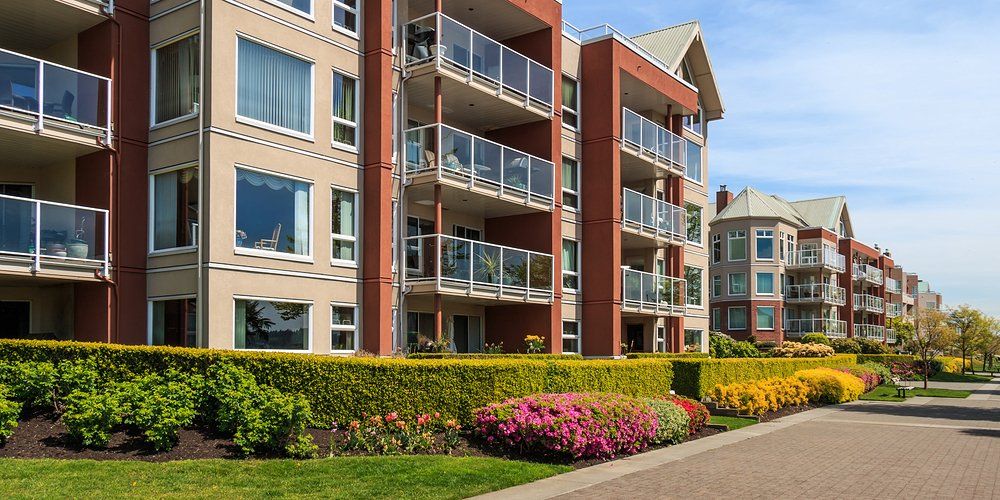Are Lenders Obligated to Renew Mortgages?
It’s a common held belief that if you’ve made your mortgage payments on time throughout the entirety of your mortgage term, that your lender is somehow obligated to renew your mortgage. This is simply not the case. The truth is, a lender is never under any obligation to renew your mortgage. The initial mortgage contract was drawn up for a defined time, when that term comes to an end, the lender has every right to call the loan.
Now, granted, most lenders are happy to renew your mortgage if you have made all your payments on time but there are several factors that can come into play that could prevent this from happening. If the lender becomes aware that you have recently gone through a divorce, a bankruptcy, or a job loss, they might be hesitant to renew your mortgage. Although more frequently seen in commercial mortgages, banks will often decide not to renew a mortgage if they don’t like the economic climate or certain geographical area.
So how do you protect yourself? Well, the first plan of action is to speak with your mortgage professional about your options at renewal at least 90-120 days before your term is set to expire. This will ensure you have enough time to look at all your options. It might make sense to switch to another lender, or it might make sense to stay put. However, by dealing with an independent mortgage professional (as opposed to directly with the lender), you have someone working for you, on your team, instead of someone working for the lender, trying to make money for the lender.
The best plan of action is to be prepared, and to have a plan in place. If you would like to talk about your financial situation, please contact us anytime , we would love to work with you.
Sign up to to our newsletter to hear weekly updates on market news, timely buyer/seller tips, and up to date rates



MICK GILL
Tel: 604-828-1557
Email: gillmortgageteam@gmail.com
SHEILA GILL
Tel: 604-828-5141
Email:
gillmortgageteam@gmail.comm
DYLAN GILL
Tel: 778-255-1557
E-mail:
gillmortgageteam@gmail.comom
OFFICE
22314 Street NW
Calgary AB
T2N 1Z6
Compliance Officer:
Gord Appel
(403) 714-4663
gord.appel@axiom.ca
Broker Of Record:
Gord Ross
800-517-8670 ext 301
gord@axiommortgage.ca



